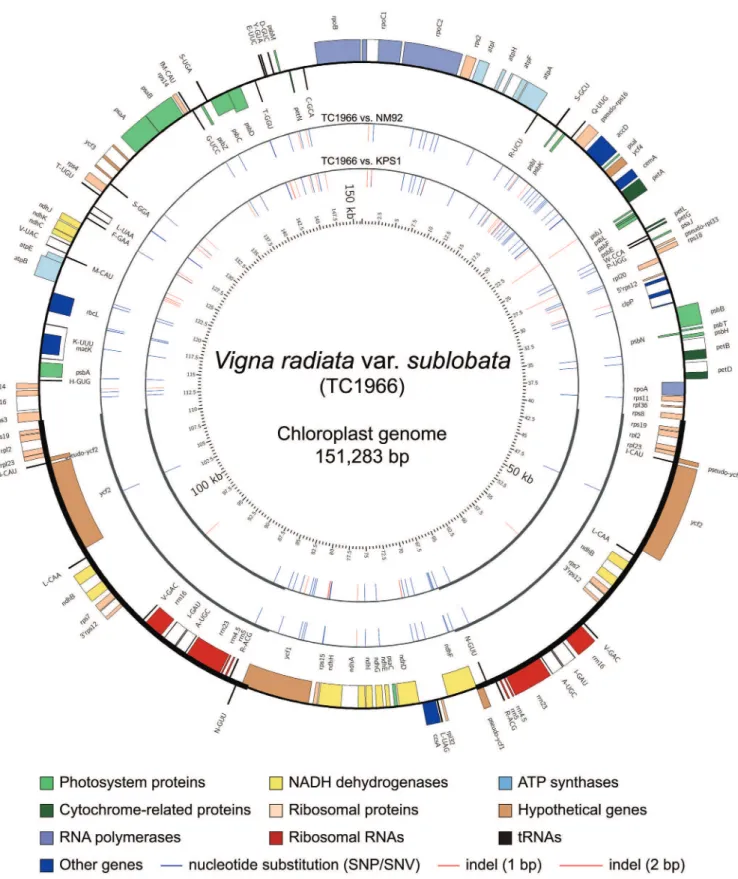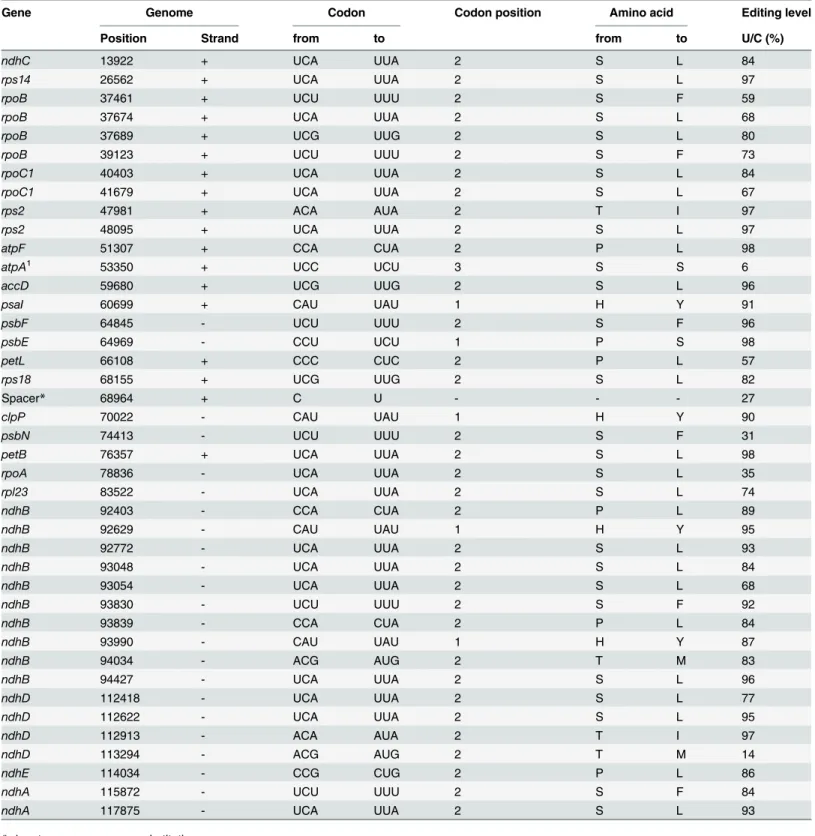Transcriptional Slippage and RNA Editing Increase the Diversity of Transcripts in Chloroplasts: Insight from Deep Sequencing of Vigna radiata Genome and Transcriptome.
Texto
Imagem



Documentos relacionados
[r]
Como o objetivo da categoria de cervejas especiais, para o Zaffari, é crescer pelo menos 8% no ano de 2014 em relação ao ano de 2013, as alternativas do tamanho
Ousasse apontar algumas hipóteses para a solução desse problema público a partir do exposto dos autores usados como base para fundamentação teórica, da análise dos dados
Dados: considere a relação carga do elétron / massa do elétron = 1,76. resultante no ponto médio do lado AB do quadrado, tem intensidade nula. otencial elétrico no ponto médio do
Numerous coastal species of microcerberids in brackish water favored also the marine origin, whereas the secondary occurrence in the littoral (WÄGELE, 1983) is
Confirmación de la presencia de Tityus confluens Borelli, 1899 (Scorpiones, Buthidae) en Brasil y descripción de una nueva subespecie del estado de Mato Grosso do Sul.. Resumen:
Because the artistic education of people is, in many cases, better developed than their grasp of science, it would appear more useful to employ a metaphorical description of the
Fluorescence intensity (FI) and organic carbon concentration of groundwater percolating through soil and rock into the Santana Cave were monitored at eight different cave sites
